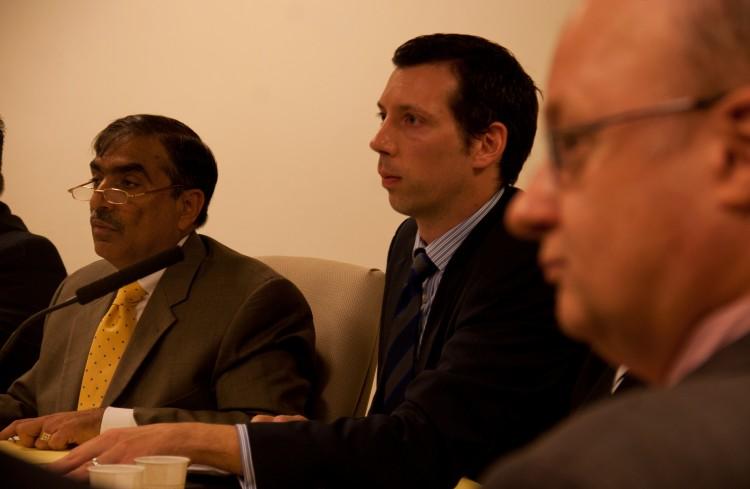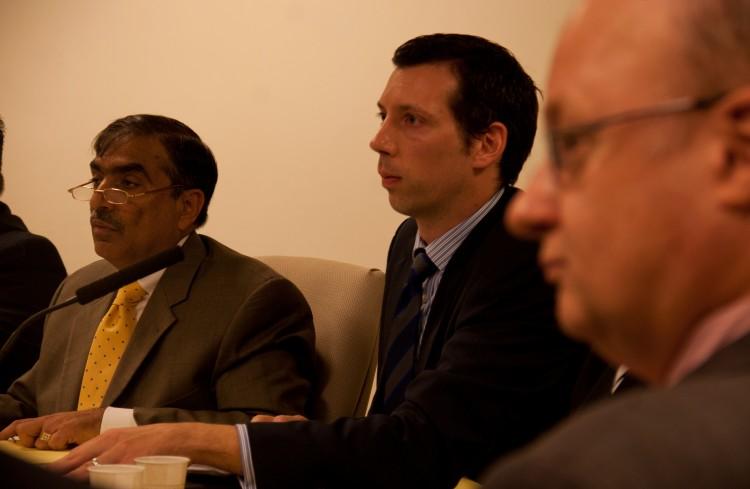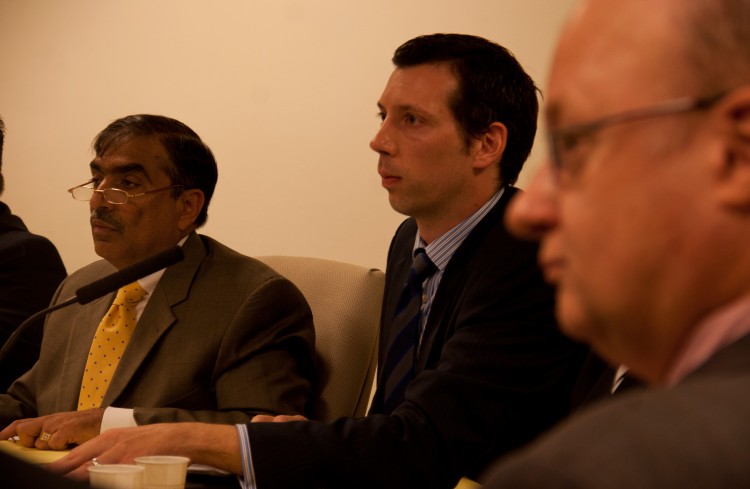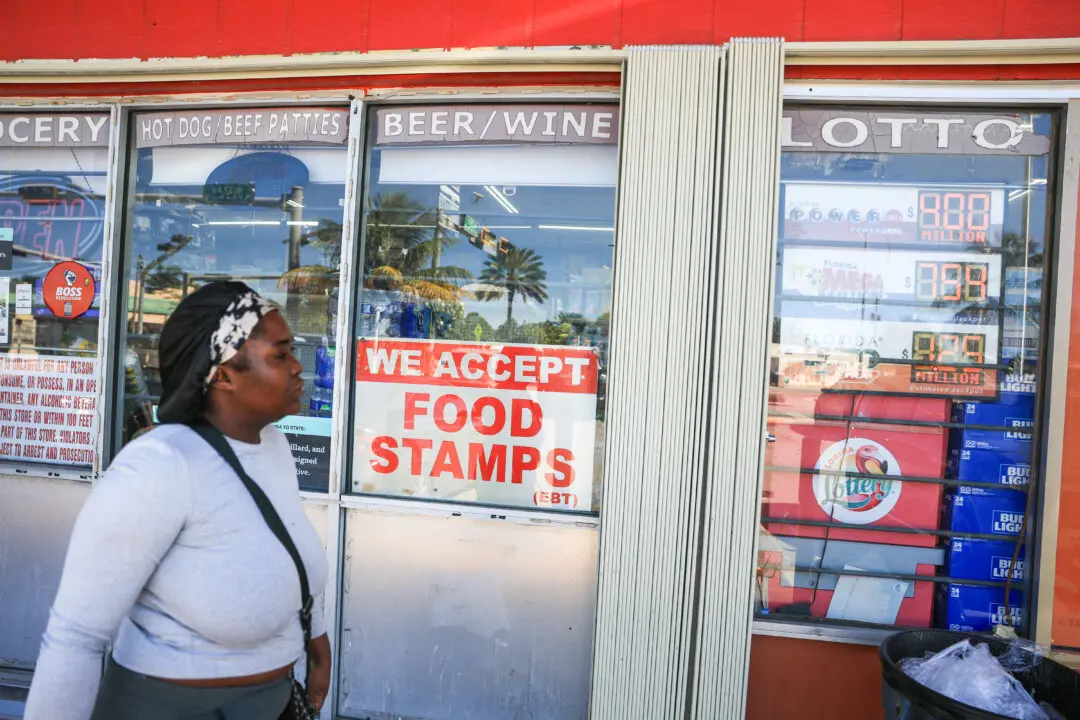NEW YORK—Call centers meant to improve emergency response times, and the 311 system, were examined by City Council on Tuesday as part of continuing 2013 Executive Budget hearings.
The 911 call centers, officially Public Safety Answering Center I and II, were on the minds of many council members.
Two-thirds of the Department of Information, Technology, and Telecommunications’ (DoITT) May Capital Commitment Plan, approximately $600 million would be for the emergency communications project—including the call centers. The city has committed another $1.43 billion to the project.
In January, the NYPD’s 911 call takers moved to the third floor of the answering center, joining FDNY call takers and Emergency Medical Dispatch personnel, and marking the completion of the city’s first consolidated call-answering center.
The second call-answering center, being built in the Bronx would be able to separately handle the entire 911 system in case of an emergency.
An edited report released in early March—withheld by the city before a judge ordered the release, and pared down by about 80 pages from the unedited version before the release—points out errors in the 911 call-taking process, primarily from differences between the three call takers.
Councilwoman Gale Brewer asked DoITT Commissioner Rahul Merchant for a detailed breakdown of the approximately $2 billion, saying the council hasn’t been able to get a “project breakdown in a way that makes sense.”
Merchant said he would get back to the council with that information.
Councilman Vincent Ignizio also questioned Merchant.
“With regard to [call centers], with regard to emergency response overall, the taxpayers of the city of New York are going to spend $2 billion dollars at the end of the day,” he said. “Will this finally solve the radio, the communications, the 911 system problems that we have? Can I look at my constituents in the eye and say, ‘Yeah, there were issues in the past, and we learned some tragic lessons throughout the recent history about it, but this is the solution.’ Is this the solution?”
Merchant said he strongly believes in the program, and “after this program is completed we will solve all the issues that were outlined.”
One issue was accidental 911 calls. The report suggests a public awareness campaign.
311 Call System
The city’s 311 call system provides nonemergency help to residents for a wide array of issues. More than 12 million calls have been received by 311 in 2012, with a little more than 1.5 million in April alone. Three of the top five inquiries: looking up parking tickets, scheduling an appointment with the Department of Buildings, and finding a towed vehicle.
Waiting time on calls has gone up to 69 seconds per call, understandably so since 223 full-time call takers are now 167 after budget cuts.
DoITT suggests people ask their questions through text or the Internet, though Brewer said, “People aren’t going to text, they’re going to call.” As another way to decrease waiting time, the agency is aiming to have call takers spend less time with their customers.
The 2013 executive budget includes $43.5 million for the 311 system.
Some accomplishments DoITT made this past fiscal year, said Commissioner Merchant, are publishing online the Green Book, containing reams of contact information and background for city, county, and state agencies; posting online more than 870,000 historical images—dating back as far as 160 years ago—in collaboration with the Department of Records; and updating the backend of the eCertificationTool, now used by 3,500 residential buildings to make sure housing code violations are corrected in a timely manner.
Another project, the New York City Wireless Network, started out as a public safety initiative. It already has nearly 800,000 devices and 10,000 users, encompasses automated readings of more than 800,000 water meters and 6,500 of the 10,000 traffic signals in the city, and provides live video streaming for the NYPD and other agencies.
Another 60,000 devices and 10,000 users are pegged to be added in the next two years, including 500 personal radiation detectors for the NYPD.
The Epoch Times publishes in 35 countries and in 19 languages. Subscribe to our e-newsletter.







